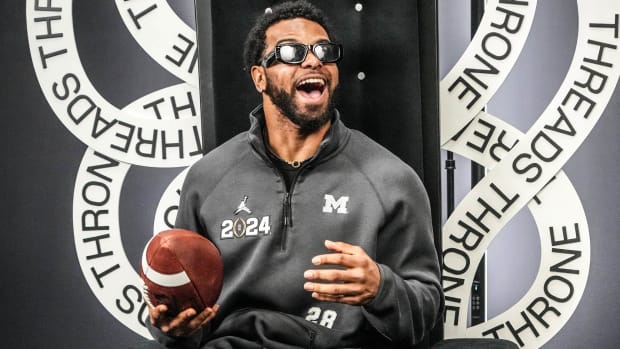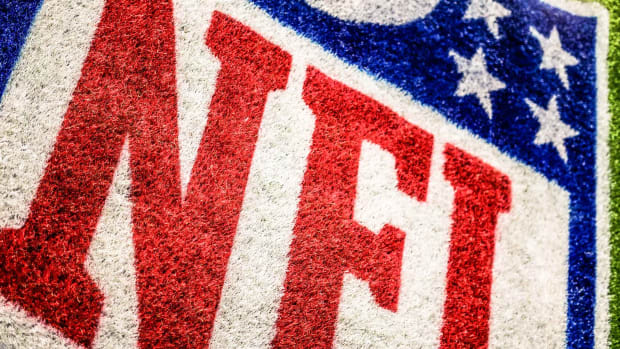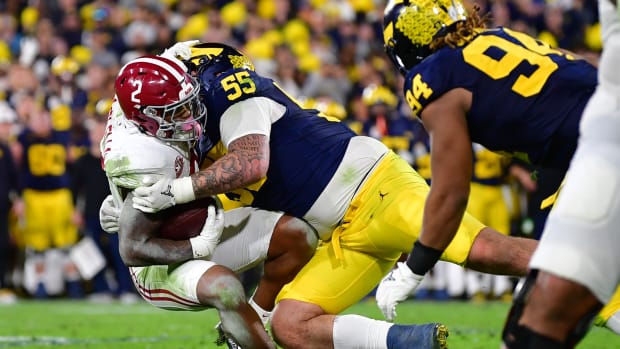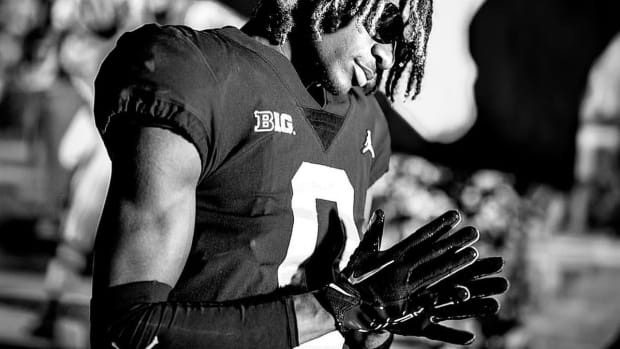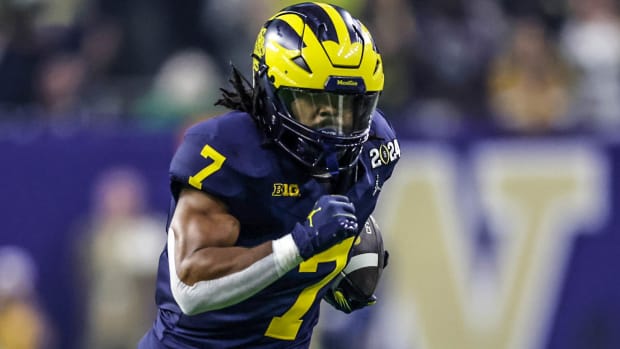Opinion Roundtable: How Would You Have Used Jabrill Peppers?
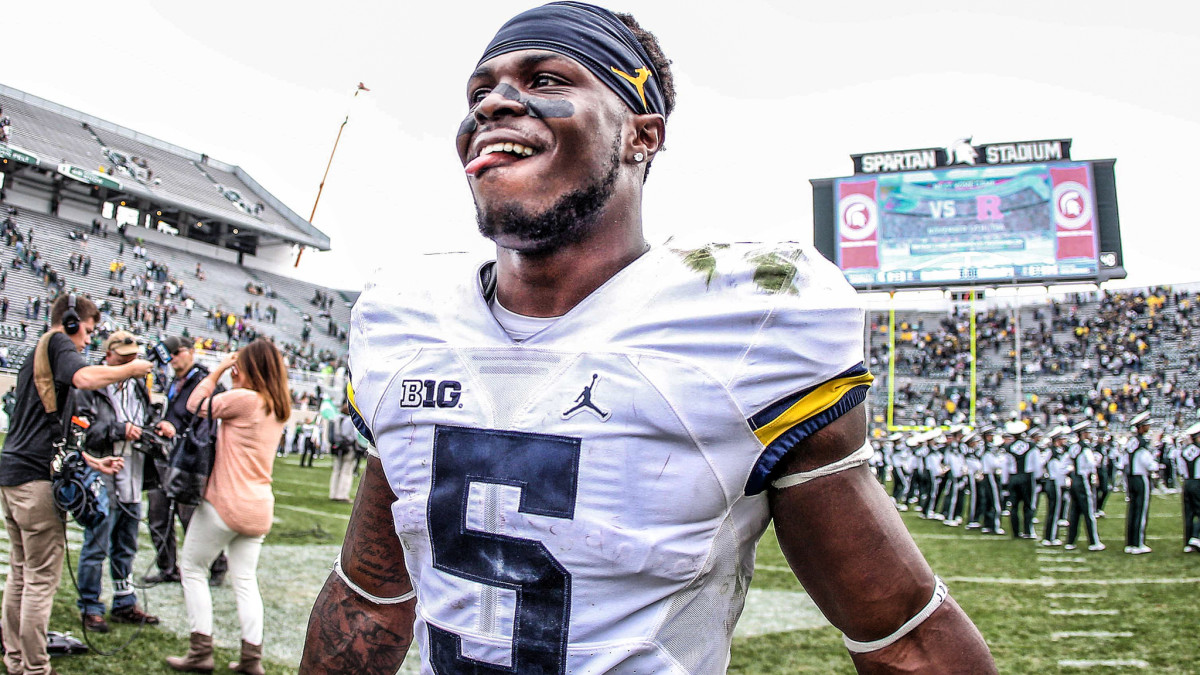
During this time of no sports, I've been watching old Michigan football games just to get my fix. While doing that, I've also watched several highlights cut ups and one of the more entertaining ones is that of Jabrill Peppers.
When watching Peppers' tape, the first thing that stuck out to me is how few of his highlights are on defense. He was so dynamic that it got me thinking — how would I have used him? I posed that question to Steve Deace and Michael Spath for our roundtable discussion this week.
Brandon Brown
I remember covering Peppers when he was a recruit thinking, "Man, this guy can legitimately play about six positions in college."
When I said that to myself, safety was not at the top of my list. Rivals had Peppers labeled as a cornerback, while 247 had him listed as an athlete. Both outlets had him No. 1 at his position. Since I was covering recruiting for Rivals, I viewed him as a cornerback. In hindsight, that wouldn't have been his best position either, but who knows? With his explosiveness and speed, he probably would've been really good there if he had started as a CB.
I always thought Peppers should've been a full-time offensive player. He was incredible with the ball in his hands coming out of high school. A player with his speed and actual ability to run the ball should've touched it 20 times per game in college. I actually think he could've been an every-down back, but classifying as an "offensive weapon" is fine with me. Straight gives, option plays, jet sweeps, bubble screens, even downfield routes — Peppers would've been better than anyone else on the roster at all of them.
Sure, Peppers ended up being dynamic as Michigan's viper, but he could've impacted the game on offense in a much bigger way. Michigan tried to sprinkle him in but simply didn't do a very good job. His usage was too predictable and frankly, not creative at all. It's really a shame because Peppers could've left a Michigan legend.
Steve Deace
Since I know Michael is quite passionate on this subject, and we largely hold the same view on this one, I will avoid tripping on his lines and narrow my answer to just one game.
In the 2016 Ohio State game, with starting quarterback Wilton Speight clearly not 100% from a collarbone injury, I would've pulled Peppers aside and told him, "Today you're going to be Charles Woodson. Nothing of significance will happen for Michigan today without your fingerprints on it."
I would've spent the week installing a unique game-plan for Ohio State to turn Peppers into our Curtis Samuels (Ohio State's versatile star that year). Given the Buckeyes looks at Peppers they hadn't seen before on film. Screen passes to him. Jet sweeps to him. Fake jet sweeps to him. The quarterback in an actual zone read with the option to hand off. Put him in the slot for a downfield throw. I wouldn't have walked out of the Horseshoe that day without knowing for sure I ran the best athlete on the field into the ground.
And then I would've celebrated arguably the biggest Michigan football win since 2003 with him afterwards.
Michael Spath
What's next, asking me if I think Michigan got the most out of Rashan Gary? For starters, they could have recognized that 2016 was not 2010 and no one was using the Wildcat anymore because defenses had figured it out. Peppers was, arguably, the best athlete Michigan had on its roster since Charles Woodson and they consistently wasted him in a package that had little chance of being successful.
Take out Peppers' one long run against Rutgers (63 yards) and he averaged 4.0 yards per carry on his other 26 rushing attempts in 2016, including 1.9 yards per carry, on eight total rushes in U-M's losses to Iowa and Ohio State as the Wolverines did NOTHING creative with Peppers in those two games. They put him at Wildcat exclusively. They didn't line him up in the slot. They didn't throw bubble screens or crossing routes across the middle where he could use his athleticism and speed. They didn't line him up in the backfield with a fullback or pitch him the ball on a toss sweep. They put him between the tackle boxes where eight defenders were lined up waiting for him.
How a coaching staff of Michigan's caliber felt that was the best way to employ Peppers will remain a great mystery. They didn't even use him on a jet sweep, one of U-M's signature plays in 2015-16.While Peppers had outstanding acceleration, they never put the ball in his hands while he was already in stride, allowing him to hit maximum speed and use that elite track speed to outflank or separate from defenders.
Now, to suggest Peppers was going to go all Percy Harvin or even Curtis Samuels from Ohio State that year is unfair. He was not a strict offensive player. He saw 95% of his snaps on defense, but Michigan coaches only need to look back to its own history, the way Charles Woodson was utilized to find a comparison. Woodson got the ball on end arounds, to the tune of 18.6 yards per rush in his career (albeit on only nine attempts compared to Peppers' 45) while they threw the ball to Woodson over the middle, where he averaged 17.6 yards per catch on 21 career receptions (Peppers averaged 8.2 yards on 10 receptions).
The 1997 coaching staff put Woodson in space, knowing that in one-on-one situations he was going to win that matchup. Michigan's 2016 coaches put Peppers in confined spaces against an overwhelming number of defenders and, most criminally, by the time of the Ohio State game had shown their hand, without any alternative looks, allowing the Buckeyes to pin their ears back even more and attack the Wildcat. Michigan's Peppers' package failed miserably in its two biggest games of the year.
Peppers' four carries against OSU: 6 yards, -5 yards (on 3rd-and-goal at the OSU 5), 2 yards and 1 yard. In a game where U-M's quarterback, Wilton Speight, was playing with a banged up shoulder/collarbone, Michigan needed something spectacular from its most dangerous athlete. Unfortunately, the coaches set Peppers up to fail.

